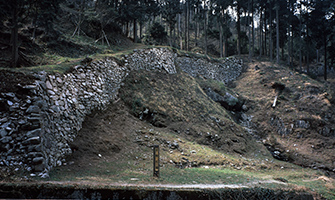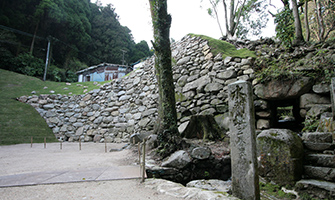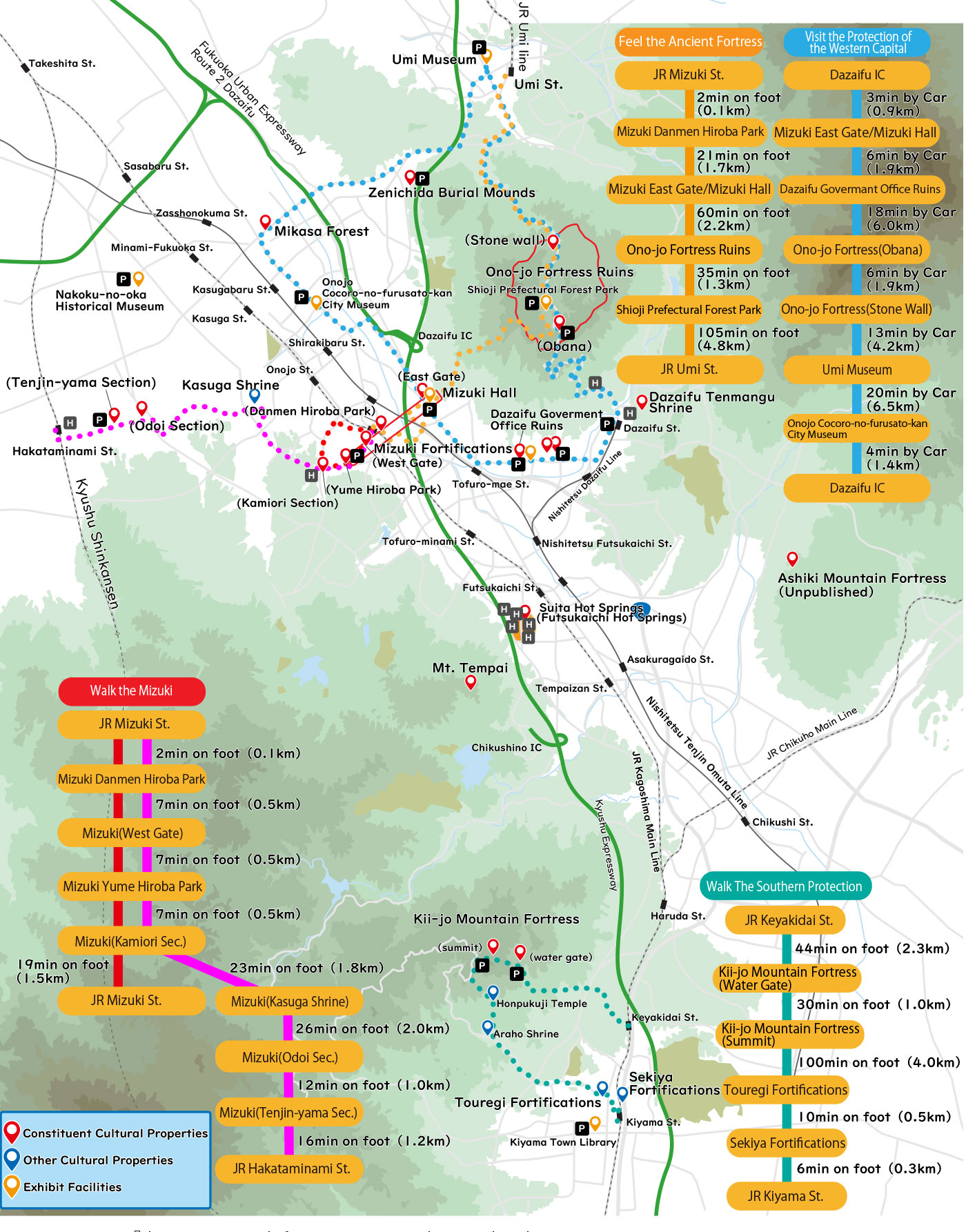The Ancient Fortress of Dazaifu
In the late 7th century, prior to the establishment of Dazaifu as the Western Capital, much of East Asia was in turmoil. Tsukushi Province (modern-day Fukuoka Prefecture), as Japan’s frontline defense against external threats, developed into an enormous fortress consisting of mountain fortifications and earthen ramparts. Exploring this ancient fortress allows you to experience the transition from an era of upheaval to a period of rich cultural exchange.

In the year 663, Japan dispatched reinforcements to aid the ancient Korean kingdom of Baekje. However, at the Battle of Baekgang, they suffered defeat against the combined forces of the Tang and Silla, leaving Japan vulnerable to invasion. In response, a series of earthen ramparts and moats called the Mizuki Fortifications were built the following year to fortify the northwest expanses of plains. Further defenses were constructed in the form of mountain fortresses, with Ono-jo to the north and Kii-jo to the south. With further strategically placed earthen ramparts and natural obstacles, they created a defensive complex capable of defending the region against potential enemies landing by sea.
Taking inspiration from Buyeo (Sabi), the Baekje capital, and under the guidance of Baekje officials, Tsukushi rapidly implemented advanced civil engineering techniques to construct these monumental defensive structures. Later, as the threat from abroad subsided, Dazaifu was turned into Japan’s Western Capital, and these defenses defined the borders of the new administrative city. As diplomatic relations with East Asia resumed, the Mizuki western gate became the entrance that welcomed diplomatic envoys arriving from Hakata Bay.




